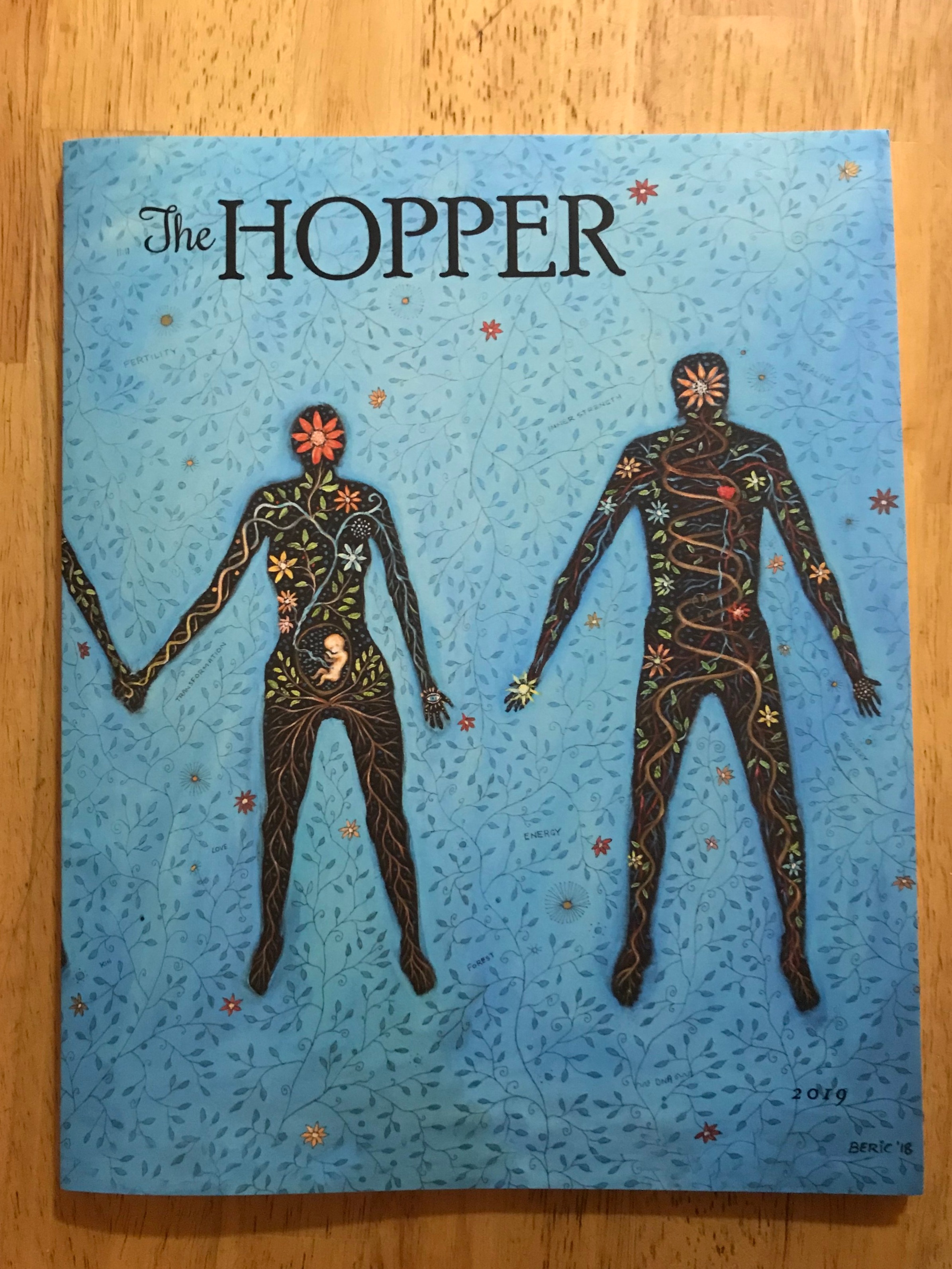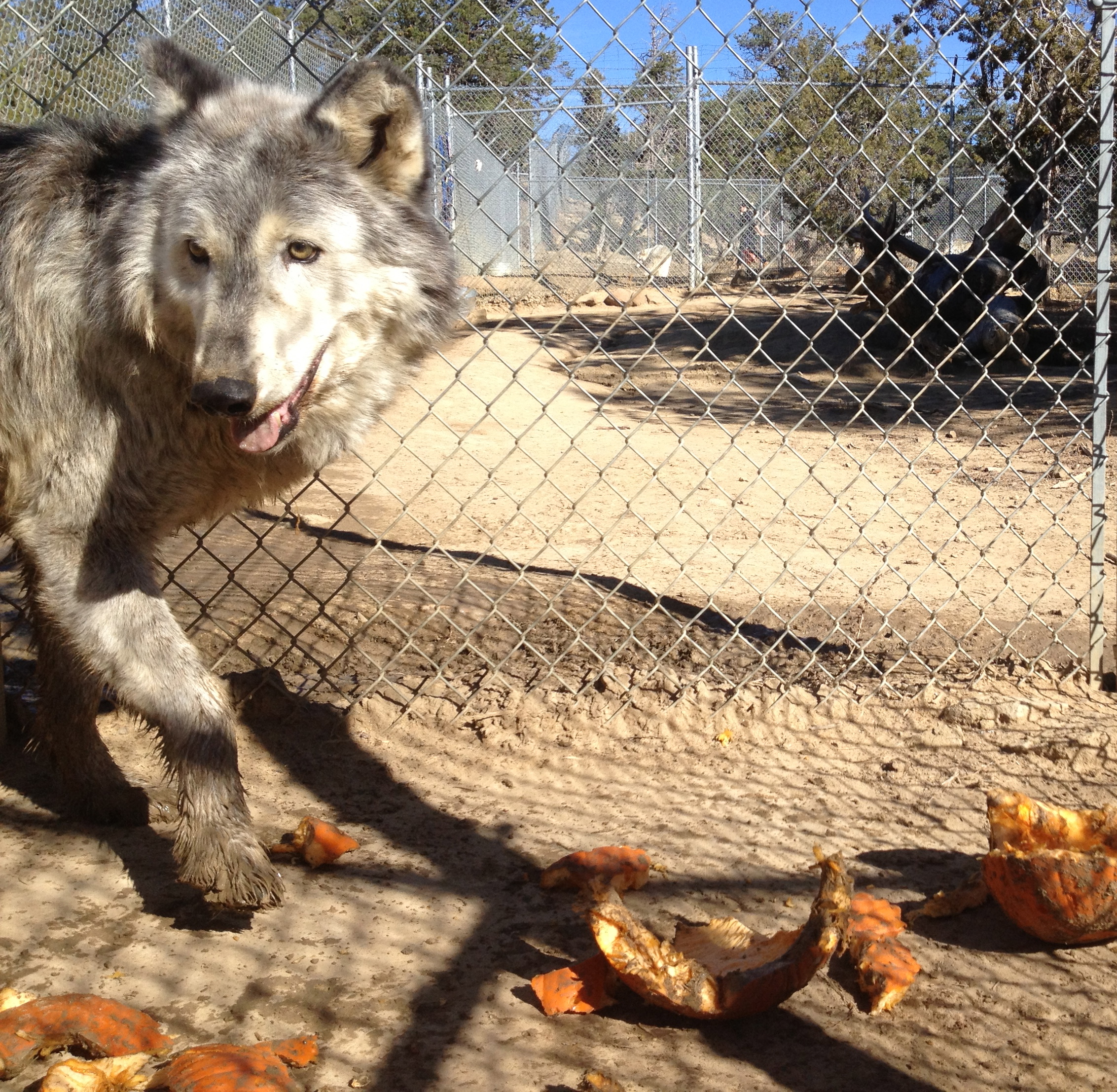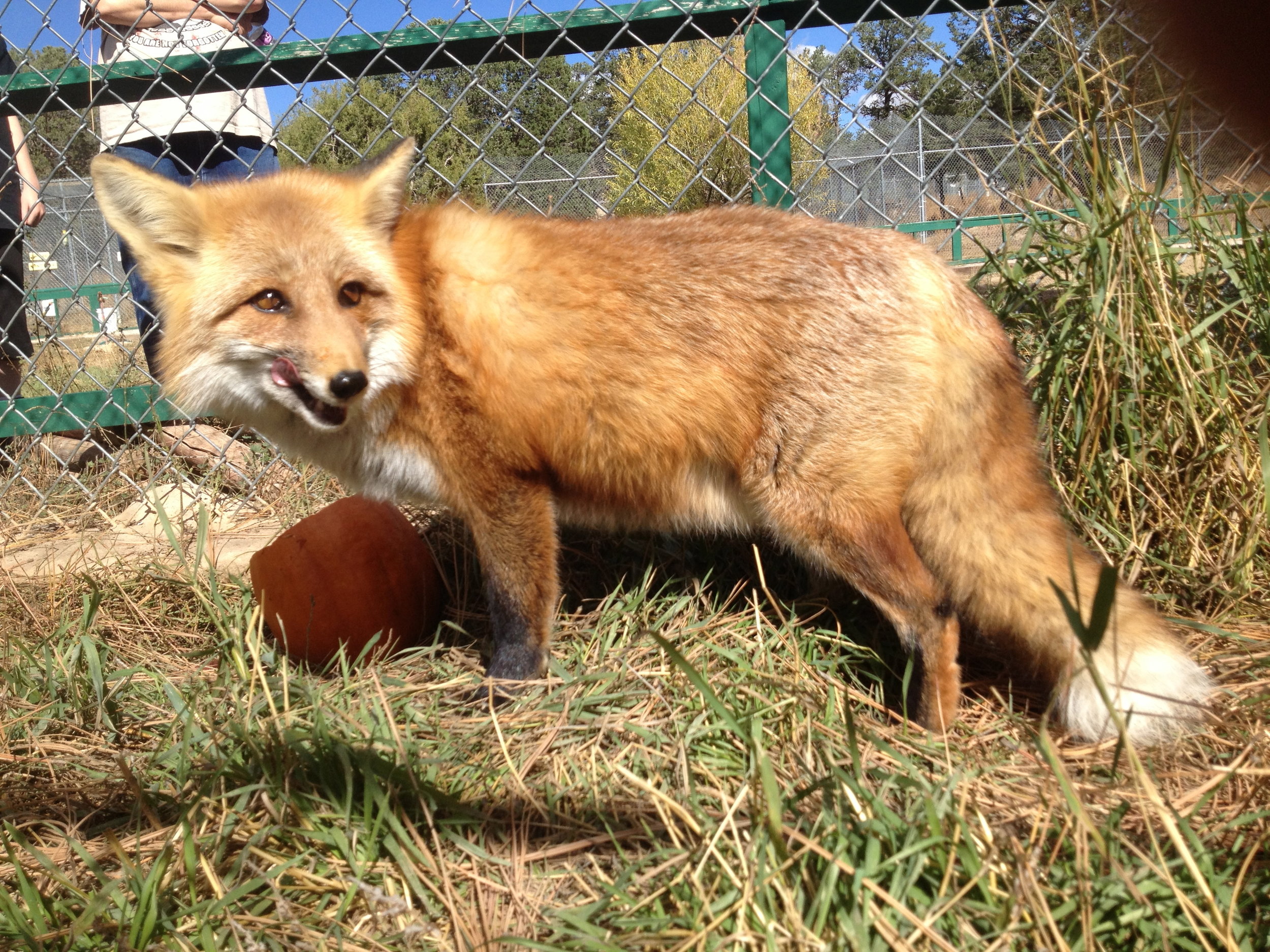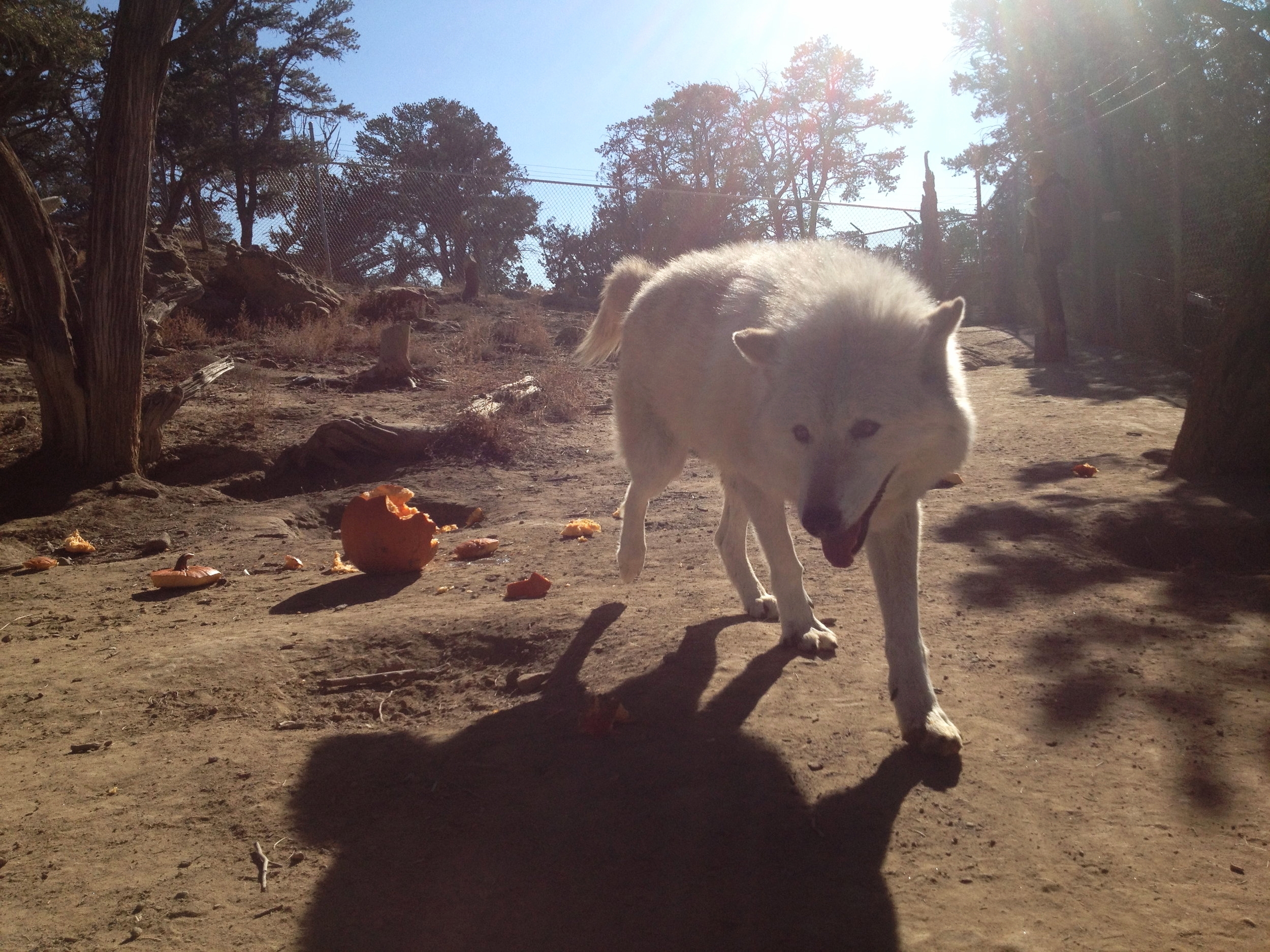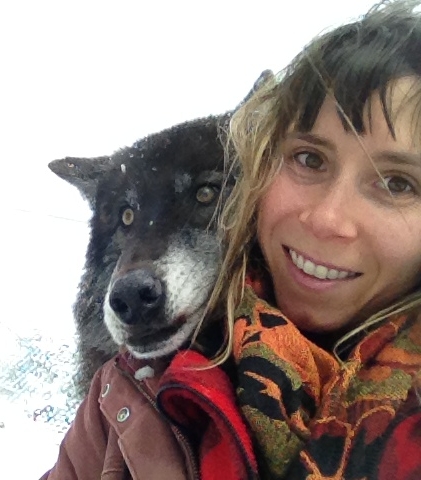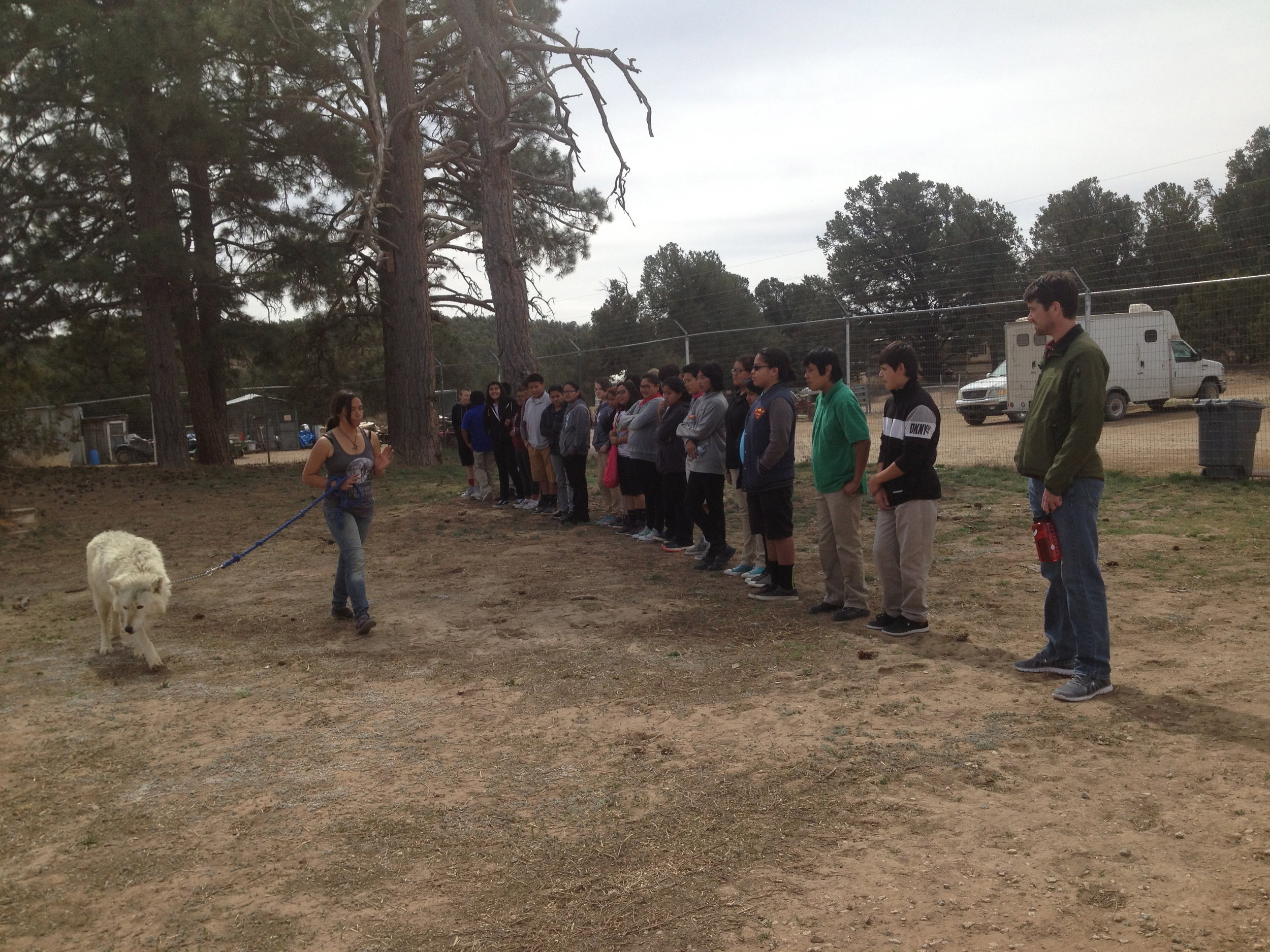“We don’t produce thought inside of our minds – thought exists independently of our minds. We attune ourselves to currents of thought that exist apart from us, and only receive them in our minds, as when we tune a radio to a particular station. Our mind is the radio and thoughts are the myriad ‘stations’ we can ‘tune into.’”
— The Yugas, by Joseph Selbie & David Steinmetz
I think that anyone who has engaged in a creative process can relate to the above statement, no matter what kind of creative act. Whether its music, photography painting, writing, designing, martial arts, dance, sports, sculpting, inventing, tinkering – whatever the work – all tune into a particular frequency, and even more precisely, a particular station differing for each person.
Every time I am deeply engaged in writing my novel, a station I have been tuned into for years, I am receiving something that feels simultaneously part of and independent of my mind. Certainly, I ask questions of my characters, of their world, their motives and backgrounds, and I cultivate their stories, the story as a whole, based on this. Yet, there is much that feels outside of me. When I don’t know what’s next, I wait until a flash of insight or intuition strikes. Where those feelings, scenes, images, conversations come from is part of the wonder and delight of creativity, a beautiful mystery.
There is a similar kind of tuning in that comes with working with animals. We have to tune into their station. We are leveling, and just as we are observing and interacting with the animal, they are sensing us, and sometimes testing us. Though tuning into animal energy differs from tuning into creative energy, both require presence and focus.
I have learned much from, and come to admire deeply, the presence of animals, particularly the wild canines I work with at Wild Spirit. They are always present – even when resting, relaxing or playing, their senses are still active and listening. All of that is very subtle: a slight shift in the eyes, a tilt in the ear, a waving of the tail. Instinct and intuition is critical in the animal world, in which humans, though we seem to have forgotten, play a part. Animals live in the moment and so force us to be there with them, a place where we often falter in this stage of humanity. We fail at living in the now, at relying on our animal nature, our instincts to guide us. There is so much self-help out there focused on being present that it is clear this is something people in today’s fast paced world are craving. In my own search I have found the wolf to be a profound teacher.
The wolf’s presence, along with their sheer power, their innate wildness, may contribute to the deep seeded reasons we fear and revere them culturally. They have something the human animal has lost and is trying to regain. They need no weapons to hunt and survive, just as they need not practice being in the now. Instead they live it.
Unless an animal is quite old, feeble, has lost some of its senses, or is ill, there is no surprising or sneaking up on them. In fact, they are so attuned to their surroundings that they can sense things long before we can. Even domestic dogs can hear and feel a thunderstorm hours before their owners. Accounts of animals fleeing shorelines in mass before major environmental disasters like tsunamis are another proof. They know.
Thus, when working with wild animals tuning into their frequency is very important. It is the platform from which knowledge and understanding can be gained, as well as safety ensured.
“The present is the place of power. When we say someone has great presence it is because they are showing up fully consolidated with all of their energy available in the present moment. They are not thinking about the past or worried about the future.”
— © Copyright 2015 ~ Lena Stevens All Rights Reserved, Mystic Mamma
When entering any habitat, from a fox to an arctic wolf, I first assess where the animals are, what they are doing, and what their demeanor and body language is saying. Are they eating or guarding food, sleeping, fence fighting, or disciplining their mate? Do they appear over-excited, calm, active?
As a rule, staff and volunteers are discouraged from entering habitats when feeling ill, on medication that causes drowsiness or disorientation, preoccupied, angry or upset. Of course, entering a habitat while intoxicated is forbidden. This is because the animals can sense that something is different or ‘off’, and for an animal with naughty or dominant tendencies, entering their territory in such a state creates the opportunity to be taken advantage of. In addition to the safety issue this can cause for caretakers, when we lack presence we can also miss the important things the animals are telling us, signs that they are experiencing emotional distress, or that they are injured either internally or externally. In both cases, it is unwise to be mentally somewhere else.
Once we enter an animal’s habitat we have entered their territory where the animals expect things to be on their terms. This means interaction, where we are and are not allowed to go, and what we are allowed to touch and/or take. It is always important to remember that the habitat is their turf, where they know every inch of the terrain and where they call their home. As such, it is imperative that we as caretakers not only respect the boundaries of the animal, but also assert our own dominance so they understand they cannot take advantage of us. This assertion of dominance is achieved in different ways. With some animals the presence of one or two tools (a shovel and a hoe, used for scooping up waste) is the only way to ensure the animal will respect the boundaries set by the caretaker. Even so, carrying the tool is not the sole answer. Presence on the part of the caretaker is still required, and carrying the tools strategically (so they protect the back of the legs, for instance) may also be necessary.
In saying all this I am in no way indicating that wolves are mean or devilish, but merely pointing out that they are wild animals, have wild tendencies, and communicate in their wild wolf ways to each other and their human caretakers. This is the crux of the reason that wolves and wolf dogs make poor pets.
Therefore, to be effective caretakers we are taught to think and act like a wolf, making learning to communicate in their language an important part of animal care training. For instance, many people lean over their dogs to pet or hug them, but to wolves this is a sign of dominance, something that a more dominant animal might find unacceptable. Conversely, lowering the body to the ground, crouching or even crawling can coax a shy animal out of their shell. Making ourselves smaller implies submission, that we are a friend, not a foe.
In all these ways the practice of presence is a pillar of the animal care training program at Wild Spirit. Caretakers are expected to be watching and listening at all times, whether inside an enclosure or in an office, just as a wolf hears and sees everything around them. Collective howls take on many meanings. They can indicate when fights are happening and when an animal is being hurt. Similarly, noticing a behavioral change, like when a food aggressive animal becomes disinterested in eating, can mean that the animal is sick. These kinds of observations can and do save lives.
There are countless examples I can share of situations at Wild Spirit where someone’s presence made all the difference. For now, though, I am choosing to focus on one animal in particular who has taught me much about presence.






